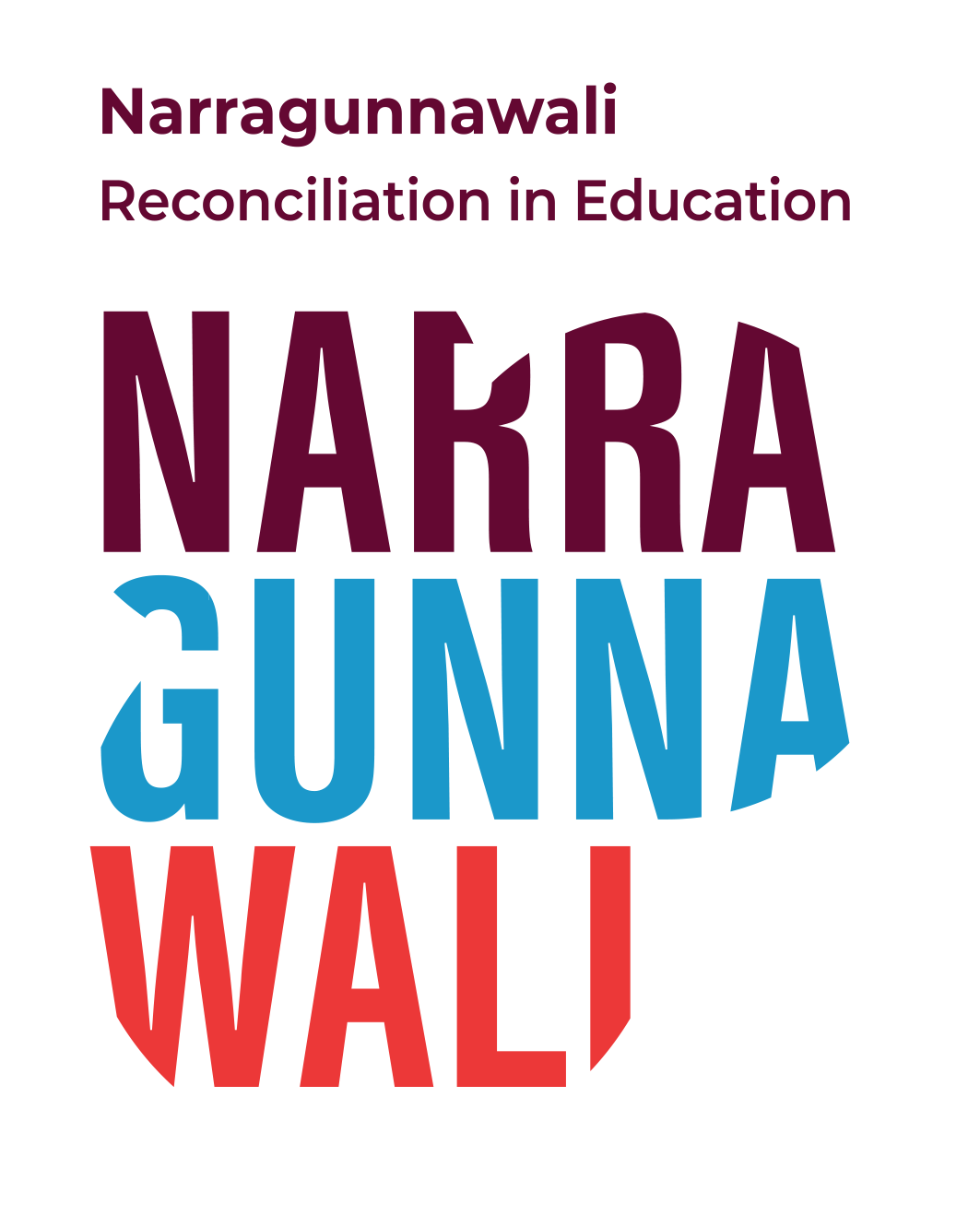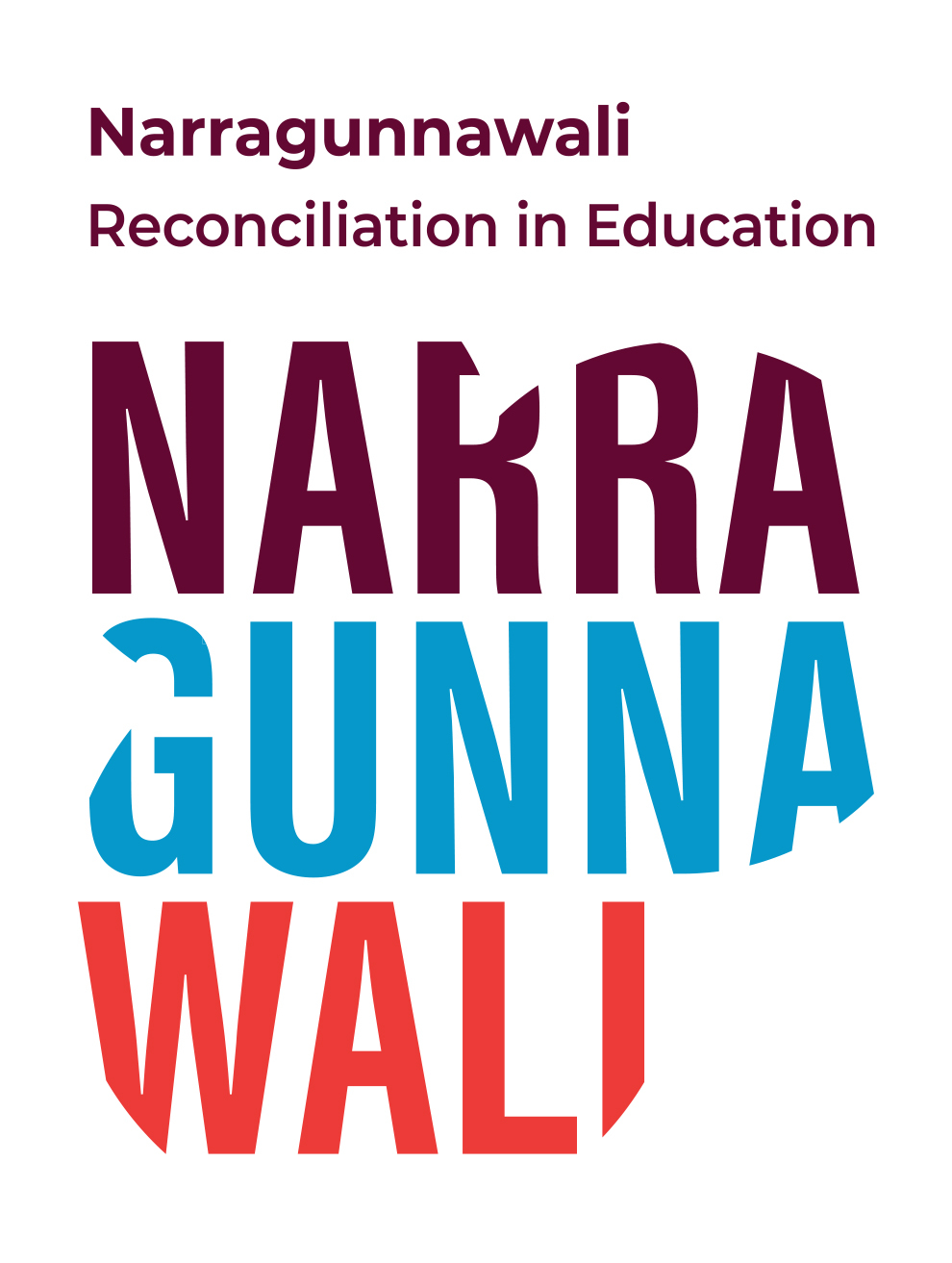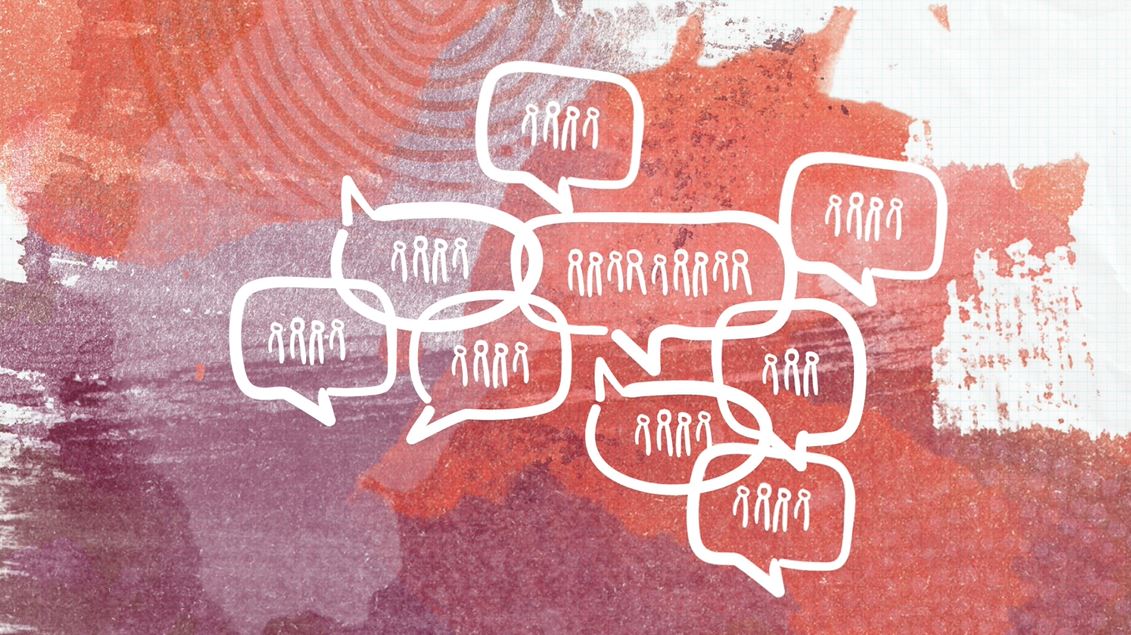Reconciliation in the Media – Language and Terminology
This year’s National Reconciliation Week theme reminded us that, “More than a word. Reconciliation takes action.” Like the Narragunnawali terminology guide, recent media also reminds us that language is itself active, and can impact on attitudes, understandings and relationships in a very real sense. Let’s look at how these media stories shed light on the important relationship between language and action in moving our nation’s reconciliation journey from safe to brave.
The below articles explore some various examples of how language constructs meaning and how in simple acts of conversation, we can create meaningful and lasting change.
Language is tricky... but that's why it's important
Language and references to Indigenous Australia are dynamic and fast-changing. In a recent pair of articles in The Age, journalist Jack Latimore reaches out to diverse Australian audiences with Blak, Black, Blackfulla: Language is important, but it can be tricky, a good-humoured “handy usage guide” for speaking and writing about First Nations people. Due the “largely cordial reception” to the first article, he followed up with A New Hope: Invoking The Force to talk about Blackfulla stuff to further the conversation. As Latimore says,
“If you’re curious, interested, baffled, or thinking of super-casually dropping some words into a conversation or piece of writing yourself, this handy usage guide is for you.”
- Why is it important for Aboriginal and Torres Strait Islander peoples to have agency over language and terminology that is used in the broader Australian community?
- Do you pay attention to the language and terminology you use to speak about, and write about, Aboriginal and Torres Strait Islander peoples?
- How can you respectfully consider the use of language and terminology in the educational materials such as textbooks, teaching and learning units, and wider school/early learning service communications? You might find the Narragunnawali terminology guide and evaluating resources guide a helpful starting point.
Language about place is just as ESSENTIAL
Fraser Island to be restored K'gari – meaning "Paradise" in Butchulla.

Environment minister Meaghan Scanlon (L) with members of the Butchulla Aboriginal Corporation Sunday. (Facebook)
The world's largest sand island is returning to its First Australian origins, with Fraser Island being renamed K'gari. The traditional name K'gari means "paradise" in Butchulla. Veronica Bird, General Manager of the Butchulla Aboriginal Corporation, reminds us;
"Reconciliation sometimes can be a shallow gesture. But I think when you have successes that are achieved not only through the voice of our Elders, (but also) with the support from our non-Indigenous community and our stakeholders, is a wonderful step forward."
This 7News bulletin also highlights what this means to local Butchulla Elders and the wider community.
You can access Narragunnawali Primary and Secondary school curriculum resources shaped around the SBS K’gari interactive.
- Why is it imperative to listen to the voices of Traditional Custodians when engaging in recognition and restoration of traditional place names?
- Do you know some of the Aboriginal and/or Torres Strait Islander names of local sites or places where you live?
- How can you respectfully consider the use of Aboriginal and Torres Strait Islander place names in your workplace, in your curriculum planning (in Geography for example), and as part of wider reconciliation initiatives in your area?
Understanding the language Of country
First Nations people often talk about the importance of Country. But what does it mean?
The black peppermint gum forest around Jamie is his family, his kin. ABC: Back to Nature
The ABC Series Back To Nature (via ABC Science) invites viewers to reimagine Country and the meaning we give it. Consulting with both local Elders and Aboriginal and Torres Strait Islander community members is a critical way of understanding the ways that Country constitutes identity.
The article highlights that, even in its vastness and breadth, Country is Kin.
“Every plant you see here, every bird you hear singing … this stump that we’re sitting on… It’s very possible that we’re sitting on atoms that were within my Old People, my actual ancestors.” (Jamie, Back to Nature)
Our Care for Country RAP Action which you can add to your RAP here might spart great ideas for caring.
- Country is alive – living and breathing. In this knowledge, how can non-Indigenous Australia be allies in taking care of it?
- What does the word custodianship mean to you?
- How might it be possible to foster Aboriginal and Torres Strait Islander concepts of Land and Country in your educational space?
Institutions tackle language
The Australian Museum unleashes Unsettled – a Virtual Tour of a 360-degree multi-media experience

Entry to the Unsettled exhibition in the Touring Hall of the Australian Museum. Image: James Alcock
This land was not peacefully settled – The Australian Museum’s Unsettled exhibition uncovers the untold histories behind this nation’s foundation story.
Through first-hand accounts presented through long hidden historical documents, large-scale artworks, immersive experiences and never-before-seen objects, the Museum re-tells traditional histories. It moves from the safe, once readily accepted versions of history, to brave, new and far more truthful ones.
“In this powerful exhibition, First Nations voices reveal the hidden stories of devastation, survival and the fight for recognition. With more than 80 significant cultural objects and over 100 contributions by First Nations peoples across the country, Unsettled illuminates the power of truth-telling to realise change. Understanding our shared past is an important step towards healing for a shared future.” (ABC News)
Take the virtual tour and explore this powerful exhibition from home.
- The Australian Museum is one of the first to decolonise a traditional colonial space. Can you think of any other institutions that could do the same?
- How does the unsettling of traditional historical accounts make you feel?
- How could you aim to incorporate more First Nations voices in the classroom, via First Nations-led and informed resource sharing?



